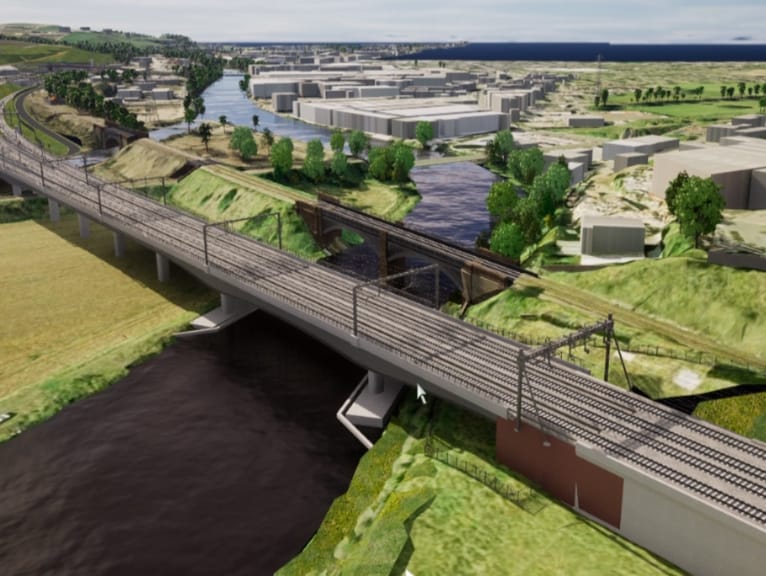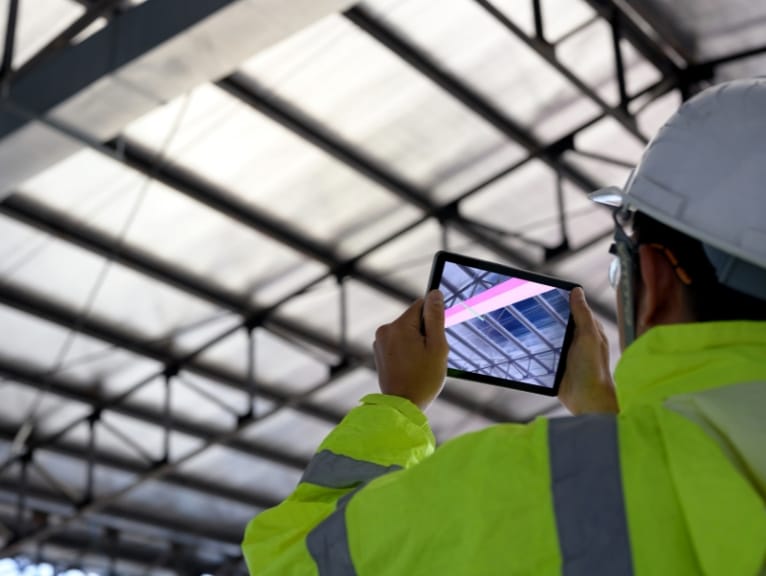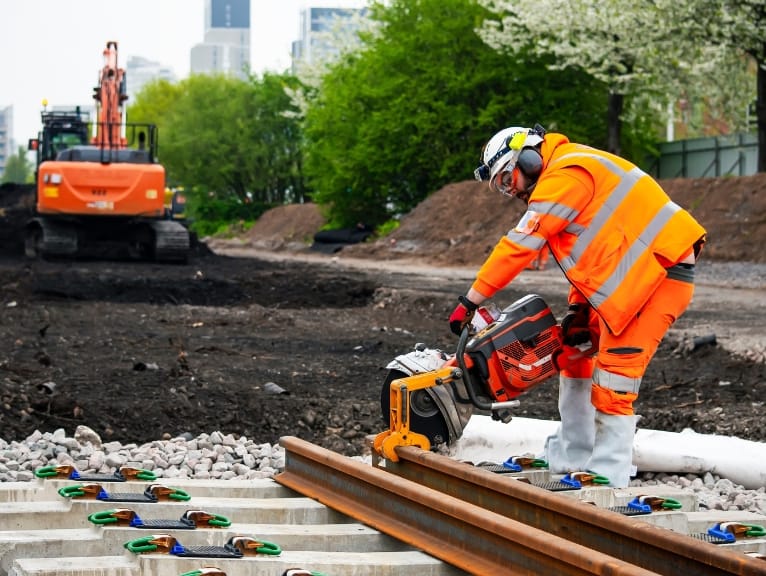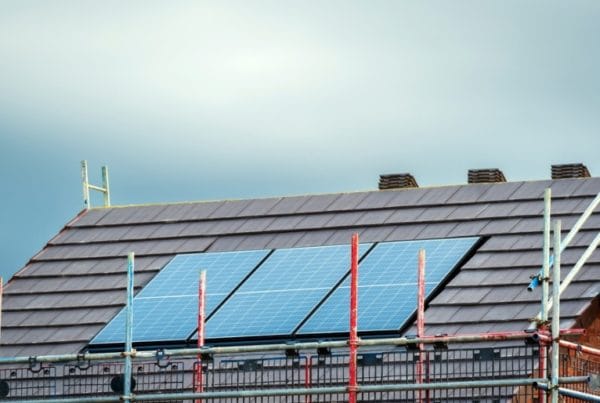The UK construction sector is no stranger to transformation, and new infrastructure investment looks set to continue being a major driver for change. The effects of road upgrades and green energy projects ripple through every layer of the industry. But what does this mean in real terms? Let’s take a closer look at how infrastructure investment is reshaping the construction landscape.
Infrastructure Spending Fuels Construction Jobs
When funding is allocated to new infrastructure projects, one of the first big effects is the creation of construction jobs. Rail upgrades, motorway extensions, and large-scale housing developments all require a skilled workforce.
This shift is already having an impact.
Major projects like HS2, the expansion of offshore wind farms, and the £4 billion Levelling Up Fund are strong examples of where investment is being channelled. These initiatives demand architects, project managers, civil engineers, and tradespeople. In many cases, firms are also hiring apprentices, helping to upskill the next generation of workers.
Bridging the Skills Gap
While investment creates opportunities, it also exposes fault lines, too – particularly in the area of skills. The construction sector has been struggling with a skills shortage for some time, and new infrastructure projects are likely to amplify the demand for qualified workers. This means that upskilling has become a vital piece of the puzzle.
How do we manage this challenge?
Training programmes, government incentives, and collaboration with further education colleges are starting to close the gap. Lots of firms are focusing on upskilling their current workforce providing training in areas like sustainable construction, digital tools, and modern building techniques. These skills are only going to get more crucial as infrastructure becomes more and more advanced.
Levelling Up and Regional Growth
Over the last few years, Levelling Up has started to reshape where infrastructure investment is directed and how it affects communities. For years, the UK’s infrastructure projects were disproportionately focused on London and the South East. Today, there’s a stronger emphasis on ensuring all regions benefit.
Investment in the North of England has included major projects like upgrading the TransPennine railway and building renewable energy hubs in the North East. For building firms, this redistribution of funding means more opportunities to work in areas that were previously underserved.

Above: A computer-generated image showing part of the proposed TransPennine railway upgrade.
Source: Railway News
Sustainability at the Core of New Infrastructure
Sustainability is no longer a secondary consideration. It’s become a key driver of how infrastructure projects are designed and executed. The UK government has committed to net-zero emissions by 2050, and the construction industry has a big role to play in meeting this target.
For building firms, this shift toward greener practices means integrating sustainable materials, reducing waste, and embracing renewable energy solutions. Infrastructure projects like solar farms, offshore wind farms, and electric vehicle charging networks show the ways in which sustainability is shaping the industry.
These initiatives not only reduce carbon emissions but also encourage firms to innovate, creating more efficient and eco-friendly ways of working. What’s more, sustainability intersects with upskilling. Workers need training to understand and implement eco-friendly technologies, from installing heat pumps to working with energy-efficient materials.
Innovation Through Investment
New infrastructure projects drive innovation, as well as supporting construction job growth. In technology, materials, and construction methods are often accelerated by large-scale projects. For example, modular construction – something close to our hearts – has gained traction in recent years as firms look for faster, more efficient ways to deliver infrastructure.
Digital tools like Building Information Modelling (BIM) and drone technology are also becoming staples of modern construction. These tools make project management more efficient and improve safety. For firms, embracing innovation is essential if they’re going to remain competitive in a changing industry.

Infrastructure Investment Builds Resilience
It’s worth mentioning that new infrastructure isn’t just about economic growth or job creation. It’s also about building resilience. Modern, well-designed infrastructure will do a better job of withstanding the challenges posed by climate change, population growth, and technological advancement.
Flood defences are being strengthened across the UK to protect communities from increasingly frequent extreme weather events, and transport and energy networks are being upgraded to ensure they can meet future demand. These projects are vital for creating a more secure and sustainable future.
How Philspace Can Support Your Construction Needs
Managing construction projects is no small task. Overseeing large infrastructure developments or multiple smaller builds means that having the right support in place can make all the difference.
At Philspace, we offer flexible, high-quality solutions designed to help construction firms operate smoothly. From portable site accommodation to welfare units, we provide practical options that keep your workforce comfortable and productive.
If you’re ready to streamline your next project, get in touch with us today. Let’s discuss how we can help you make the most of your infrastructure opportunities.
FAQs
How does infrastructure investment affect smaller firms?
While large companies often take on headline projects, smaller firms benefit from the wider ecosystem. Subcontracting opportunities, supply chain demand, and regional funding often trickle down to smaller businesses.
What kinds of skills are needed for modern infrastructure projects?
Today’s projects require both traditional construction skills and expertise in newer areas, such as sustainable building practices, digital modelling, and renewable energy solutions. Upskilling initiatives are crucial for meeting this demand.
How does sustainability influence infrastructure projects?
Sustainability affects everything from material choices to project design. Many infrastructure developments now prioritise low-carbon solutions, renewable energy, and eco-friendly construction methods.
What challenges do firms face when delivering regional projects?
Regional projects often come with unique logistical challenges, such as less-developed transport links or limited access to materials and skilled workers. Adaptability is key to overcoming these hurdles.
Why is innovation important in infrastructure?
Innovation enhances efficiency, reduces costs, and improves project outcomes. Technologies like modular construction, BIM, and renewable energy systems are transforming how infrastructure is built and maintained.





